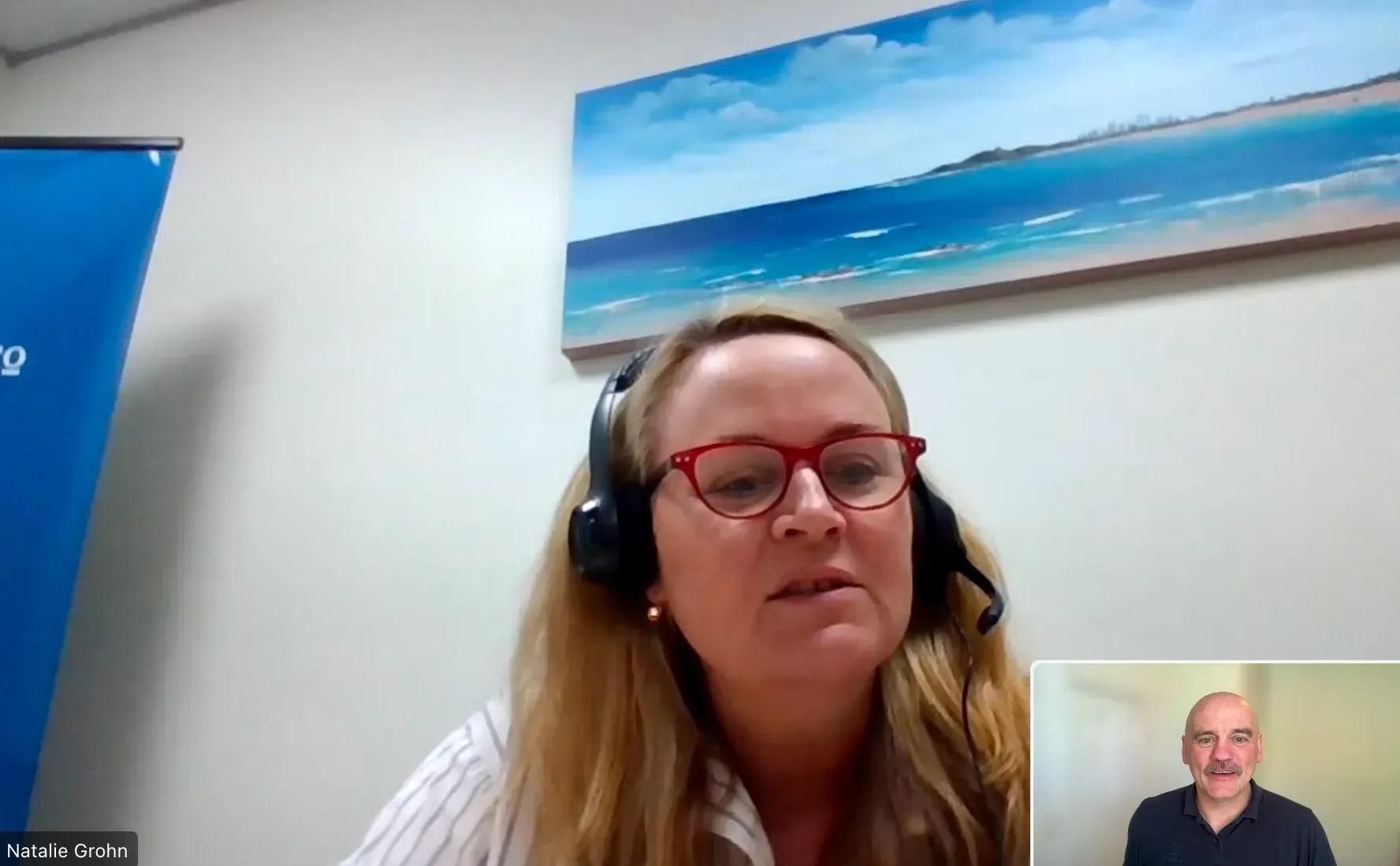Are you prepared for the end of the FINANCIAL YEAR
The end of the financial year is 30 June and this date is fast approaching. We have put together a few tips & reminders to ensure you are on track for a smooth finish to what has been a pretty hectic year for most business owners.
Paying June quarter Superannuation Guarantee Contributions prior to 30 June
If you are a business who likes to pay their June quarter superannuation before the end of the year to be able to claim it within this financial year, please note the cut off date to process these payments is 21 JUNE 2021. The superannuation can only be claimed if the money has been RECEIVED by the FUND prior to 30 June, regardless of when it left your bank account. In order to be processed through the clearing house & received by your fund in time, it must be processed via XERO no later than the 24 JUNE 2021 at 2pm. If you would like to take advantage of this, please advise your dedicated bookkeeper so we may batch the payment & send to your for authorisation in time.
Make sure your employee records are up to date
Your employees PAYG Payment Summaries must be issued and lodged with the Australian Taxation Office (ATO) by 14 July 2021. These are all completed in your STP (single touch payroll) function via Xero however, in order for them to be finalised correctly, you must ensure all of your employee’s information is up to date. It is a good idea to check your files now to ensure you have the correct details:
1. Name
2. Address
3. Date of birth
4. Tax File Number
5. Employment Basis
6. Residency Status (especially for working holiday makers or those on a Visa)
7. Superannuation details.
If any of these things are missing it can prevent the file being accepted by the ATO and you don’t want to be chasing this up in the final hour. Plus, any incorrect information will have the employee coming back to you requesting an amended payment summary.
Get your business records up to date
The next few months are traditionally the busiest period of the year when it comes to bookkeeping so please ensure you are continuing to send through all your receipts of purchase, daily takings reports, payroll information, quarterly bank statements, float balances, stocktakes - all of your paperwork in general - as soon as humanly possible, so we are able to process all your information efficiently. Chasing information wastes your time and ours so it is a good idea to upload everything to DEXT (formerly Receipt Bank) or forward your emails as soon as you receive them, rather than holding them off to send at another time. Paperwork is too easily lost this way and the sooner we have it, the sooner it is processed and the more accurate your Xero file is.
Complete your stocktake
If you have stock, the most ideal time to complete a full stocktake is after close of business on 30 June and before opening for business on 1 July. This is not always practical however this will ensure you have the most up to date asset figure in your balance sheet for your end of year financials. If this is not possible, please complete on the most practical day, as close to 30 June as you can.
Payroll Tax Annual Report
If your gross annual wages are in excess of $1.3 million (in QLD – this differs from state to state), you are required to pay payroll tax to the Office Of State Revenue. This should be paid on a monthly basis once your wages are in excess of $108,333.33 for the month. The annual Payroll Tax report is then due to be lodged on the 21 July 2021. Part of this process requires that you have reconciled your wages and subcontractor payments for the year.
Business Activity Statements
The June quarter business activity statements are due 21 July 2021 for monthly GST remitters and 28 July 2021 for quarterly remitters. In the midst of all of the other deadlines to be met, we cannot stress enough how important it is that you send your bookkeeper all of your information and respond to any email queries as quickly as you possibly can.
Taxable Payment Annual Report
If your business makes payments to contractors or sub-contractors, you may need to lodge a taxable payments annual report by 28 August 2021.
Whilst this was once only applicable to the building industry, the ATO has now widened the net & if your business provides any of the below services, even if they are just part of the services you provide, you will be required to provide the report:
- Building & Construction Services
- Cleaning Services
- Courier or Road Freight Services
- Information Technology Services
- Security, Investigation or Surveillance Services
- Government Entities
As with checking your employee details prior to year end, now is a good time to start reviewing the details you have on file for your subcontractors to ensure you will be able to provide all necessary details such as the correct entity name, business address & ABN. When reporting you also need to provide details of the gross amount of payments made, the total GST you paid them and any tax amounts withheld where an ABN was not quoted.
WorkCover
Annual WorkCover declarations will also need to be submitted once you have completed the process of reconciling the wages for the year. This is compulsory for any business who hires employees and they use these figures to renew your policy for the coming year. These are due for lodgement no later than the 31 August 2021. If then paid by the 16 September, you receive a 5% discount on your premium however WorkCover do offer a payment plan for those larger premiums, provided your declarations are lodged on time.
Summary of due dates for lodgement
Date Due for lodgement
21/06/2021 June quarter superannuation Guarantee Contributions (if to be claimed in 2021 year)
30/06/2021 Complete your year end Stocktake
14/07/2021 PAYG Payment Summaries
21/07/2021 Annual Payroll Tax Returns
21/07/2021 June BAS for Monthly GST remitters
28/07/2021 June BAS for Quarterly GST remitters
28/08/2021 TPAR (Taxable Payment Annual Report)
28/08/2021 WorkCover Declarations (due 16/09/21 for discount or 30/09/2021 no discount)
If your business requires assistance with any of the above and/or you would like an obligation free quote for any of these services, payroll or general bookkeeping services, please do not hesitate to contact us on 07 5413 9393 or queries@evolveonlinebookkeeping.com.au









